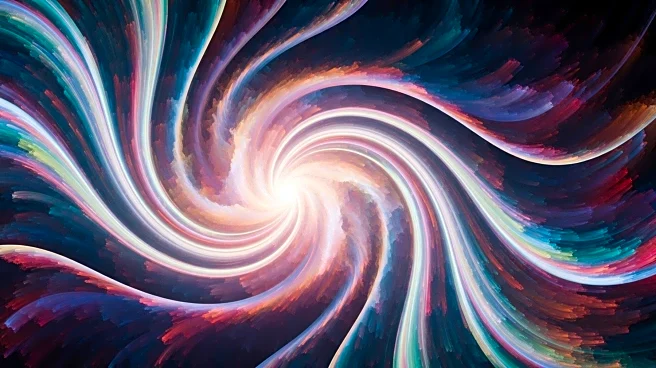What's Happening?
A new theory proposes that gravitational waves, tiny ripples in spacetime, could have been responsible for the formation of cosmic matter, leading to the creation of galaxies, stars, and planets. This theory challenges the standard Big Bang model by eliminating speculative parameters and suggests that natural quantum oscillations of spacetime were sufficient to trigger the density differences that formed cosmic structures. The model posits that gravitational waves, rather than hypothetical fields, were the primary drivers of cosmic evolution.
Why It's Important?
This theory could revolutionize our understanding of the universe's origins by providing a simpler and more elegant explanation for cosmic evolution. If validated, it could eliminate the need for speculative elements in current models, offering a more accurate depiction of the universe's formation. This has implications for theoretical physics and could lead to new insights into the fundamental forces that shape the cosmos.
What's Next?
The theory will need to be tested against observational data, such as measurements of the cosmic microwave background and primordial gravitational waves. If these observations support the theory, it could lead to a paradigm shift in cosmology and our understanding of the universe's birth.













